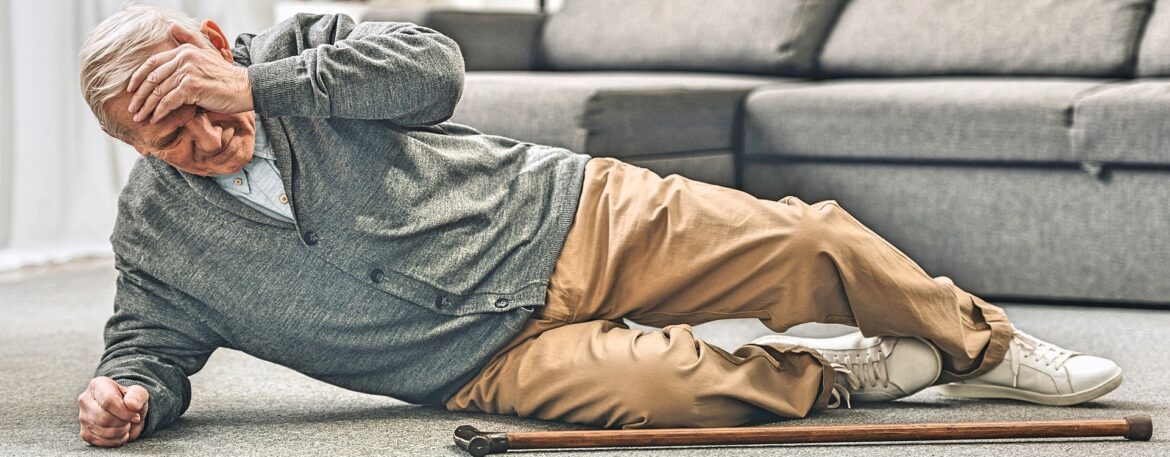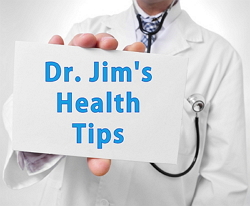
Each year over 25 million older Americans suffer falls amounting to one out of every three people over 65 years of age. Every 13 seconds, an American has a serious fall, and every 20 minutes, someone who experienced that fall dies. The risk of falls swells to half of those over 75 years of age.
By far, falls are the leading cause of trauma-related death and disability in America. Over 2.5 million ER visits are from falls, and 700,000 of those who fell are admitted to the hospital. Falling results in over 30 thousand deaths a year. Lightning strikes which seem more ominous, average 51 deaths a year.
The damage from a fall that resulted in a hospitalization admission was not completed on discharge; 20% or one out of five did not return to independent lives. And the overall mortality rate within a year from falling was an additional 19%!
Having taken a fall is a predictor of future falls. The most common fall-prone area is the bathroom. Dangerous areas are wherever there are tile floors, especially if they get wet. Place non-slip rugs there, and night lights are necessary. Another distraction and fall-causing mechanism is tripping over a dog. Almost half of the persons stating that their fall was dog-related were severe enough to require hospitalizations—nearly all of those needed operations.
Protection from falls primarily involves two aspects: balance and leg muscle strength. People with balance difficulties have double the risk of falls. Numerous studies have proven that exercise programs improve balance. In the (FAME Study) exercise at home reduced participant falls by 54%. Also, those who fell had less severe injuries.
In another study, people at risk for falls (balance problems or prior falls) began strength, reaction time, and physical functioning. Their general health status improved, and they had 40% fewer falls.
Another study (the Sunbeam Program) enrolled at-risk adults in 16 residential care facilities. They trained 2 hours a week, had 55% fewer falls than the control group, and had no serious falls during follow-up. Pretty remarkable and darn, no, damn good insurance.
Lesser factors associated with falls are:
- Poor eyesight.
- Inappropriate shoes (backless, smooth leather soles, and high heels).
- Household factors (clutter, poor lighting, and no railings on stairs).
It would help if you had eye exams at 40 years of age and then regularly according to your ophthalmologist’s recommendation.
Avoid medications that cause instability in those unsteady with slow gaits and those who have had falls. Take your medicine list to your pharmacist and be informed.

